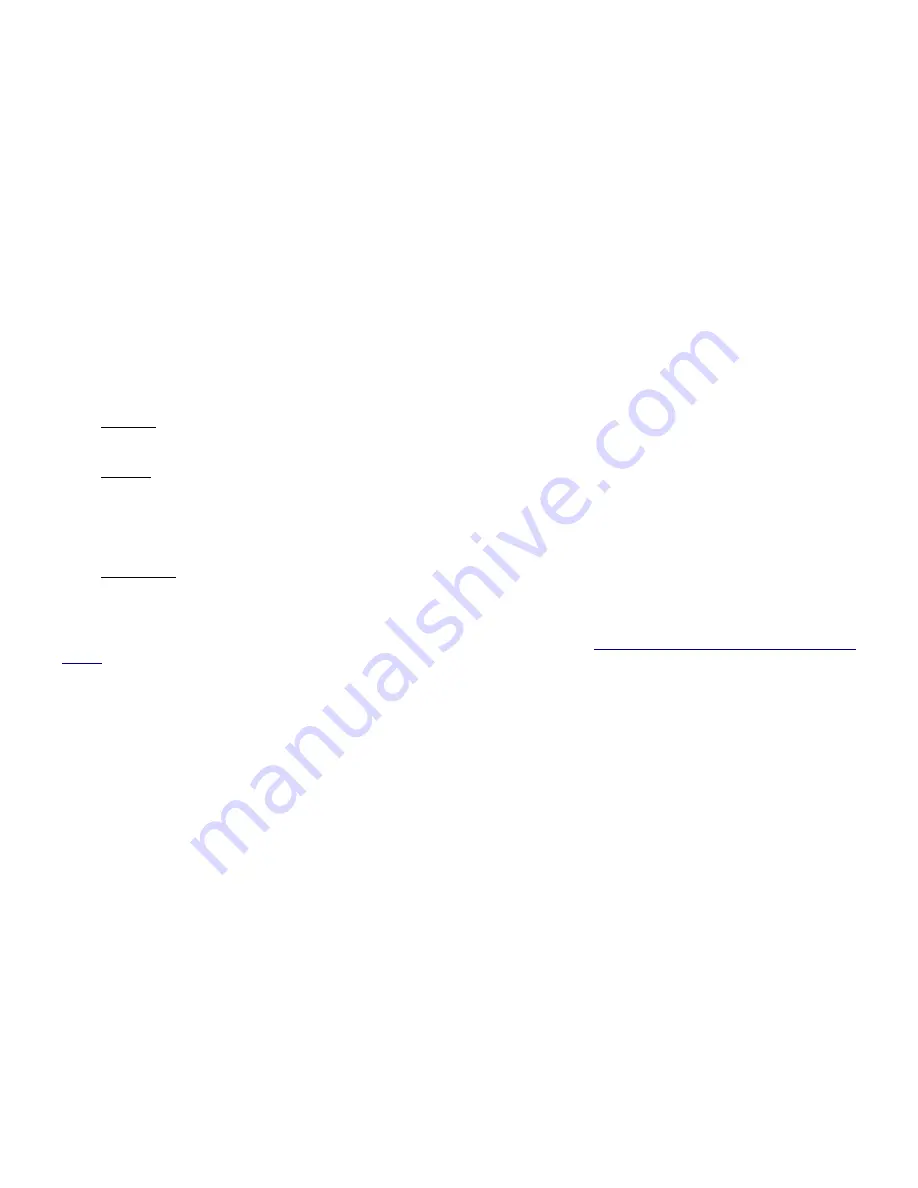
Sharebot Next Generation XXL+
user's manual
Fundamental parameters of Slic3r
Layer height
: in the "print settings" tab you find "layers and perimeters" menu and the "layer height" voice; this is the height of the single layer and determines the
printing resolution (for those curves developed in Z) and, consequently, the printing time. The default value is 0.3 mm and is recommended for all prints with
Sharebot XXL+ because of its large print area.
Fill density
: in the next menu, "infill", the item "fill density" concerns the internal material infill of Obviously with a low filling you will have a lighter piece and
fragile with a tendency to leave holes in the top closures of the modelthe printed model. You can set values from a minimum of 0% to a maximum of 100%. Also
this parameter affects the speed of the printing process, the lower the filling faster the print. (named “top” in Slic3r). For this reason the parameter of filling could
be varied depending on the result that you will obtain. The item "fill pattern" allows you to choose from a dropdown menu the texture you want to give to the
internal infill areas of the object (rectilinear, hexagonal, etc ...).
The default value of 10% is a good compromise between speed and print quality.
Support material
: in the "support material" menu you can flag the voice "generate support material" and the software will draw automatically in the overhang areas
(suspened areas or over 45° sloped areas) some removable tower of support. Before using this option you should read the considerations of Chapter 8 of this
manual and evaluate all the alternative solutions (change orientation of the part, etc ...).
For further details, please consult the Slic3r manual (manual.slic3r.org) and our base and advanced courses at:
www.sharebot.it/index.php/sharebot-academy/sharebot-
training/
.
The Slicing process
Modified the parameters of your interest you can launch the slicing. Let's go back to the "Plater" tab and click “export g-code". Selected the destination and the file name,
the process will start, taking several minutes in some cases, depending on the complexity of the model and the parameters set.
When the slicing is concluded, copy the g-code on the SD Card and you are ready for printing.
Sharebot srl
Nibionno Italy
All rights reserved
. No part of this manual
may be reproduced or transmitted in any form or by any means without prior permission
page 30


























